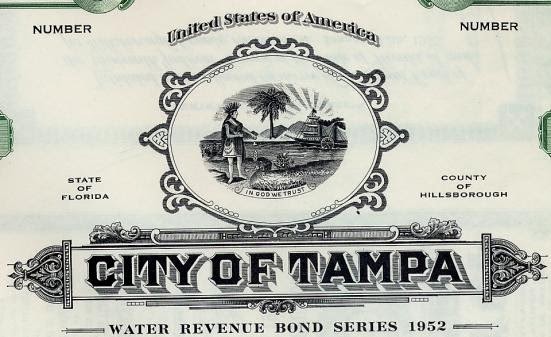As investors adapt their fixed-income portfolios for the possibility of rising interest rates, select municipal bond funds are worth evaluating.
The huge sell-off in municipal debt last year has created a great opportunity in the munis market, writes Andrew B.J. Chorlton, a portfolio manager at Schroder Investment Management, for InvestmentNews.
“The municipal bond investor base is composed of mostly domestic retail investors — U.S. taxpayers,” Chorlton said in the article. “When retail investors sold off their muni bond holdings they created a vacuum that has made municipal bonds much more compelling from a valuation standpoint than comparable long-term credit instruments such as U.S. Treasuries.”
Specifically, Chorlton points to the municipal bond ratio to Treasuries in 30-year maturities, which stood at 102%. The ratio now looks attractive compared to the 91% long-term average.
Municipal bonds also show supportive fundamental technical indicators. States and local municipalities have seen their fiscal health improve for the last 17 consecutive quarters, with the exception of some standouts like Detroit and Puerto Rico. Supply is also declining, with new issuance at a negative for the last six years.
Moreover, muni debt default rates are still historically low. The overall muni bond default rate was 0.107% in 2013, down from 0.144% in 2012. In comparison, U.S. junk bond default rates were 2.1% for 2013.
“Municipal bonds, whether purchased individually or as part of an investment in a mutual fund, also provide investors with additional diversification during a still-uncertain market,”Chorlton said in the article. “Investors who allocate assets to municipal bonds from corporate bonds may mitigate credit risk because municipal bond defaults have historically been very low (municipalities have the power to simultaneously cut services and raise taxes to shore up their coffers, which helps decrease the likelihood of defaults).”
******
The D2 Capital Management Tax Free Income Portfolio is currently yielding 4.83% (Trailing 12 month Tax Equivalent Yield at 28% Tax Bracket, as of 29 April 2014).
The views expressed here are that of myself or the cited individual or firm and do not constitute a recommendation, solicitation, or offer by myself, D2 Capital Management, LLC or its affiliates to buy or sell any securities, futures, options or other financial instruments or provide any investment advice or service. D2, its clients, and its employees may or may not own any of the securities (or their derivatives) mentioned in this article.
The Jacksonville Business Journal has ranked D2 Capital Management in the top 25 of Certified Financial Planners in Jacksonville. The Firm is also a member of the Financial Planning Association of Northeast Florida, the Jacksonville Chamber of Commerce, the Southside Businessmen's Club, and the Beaches Business Association.



















